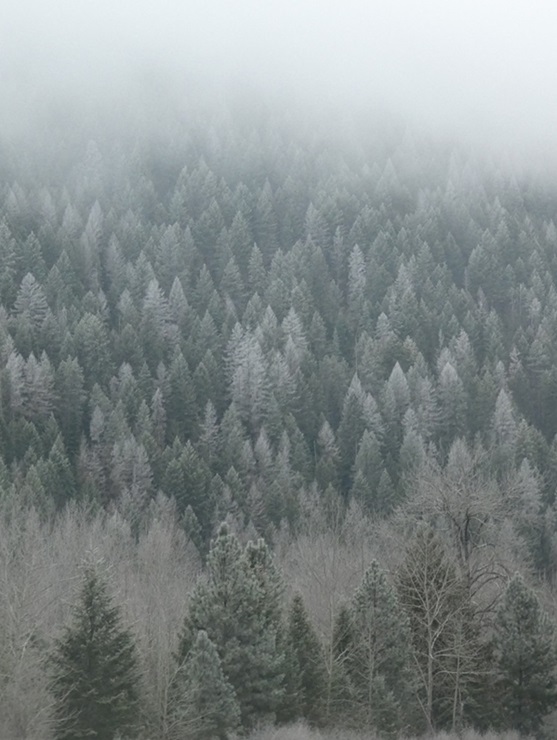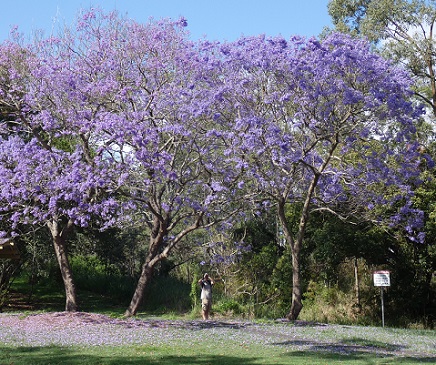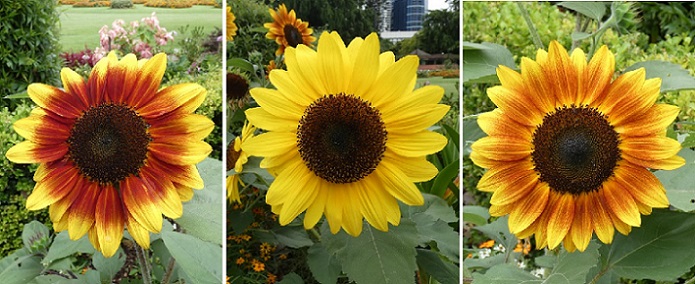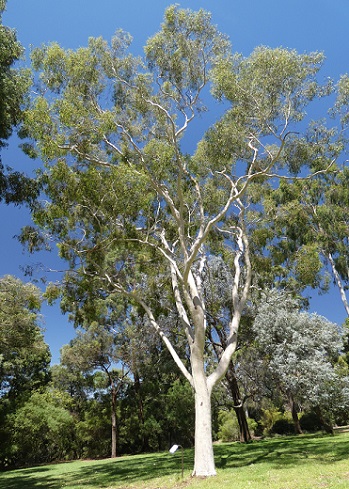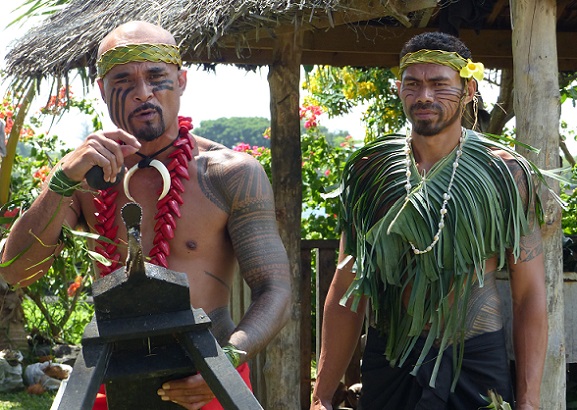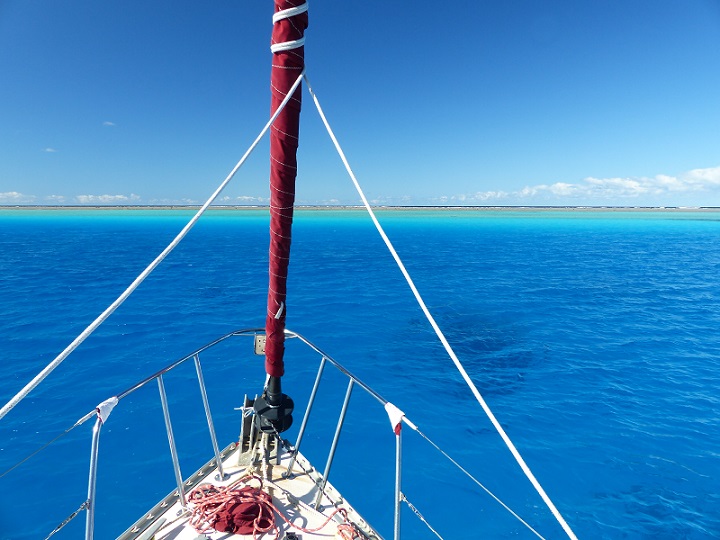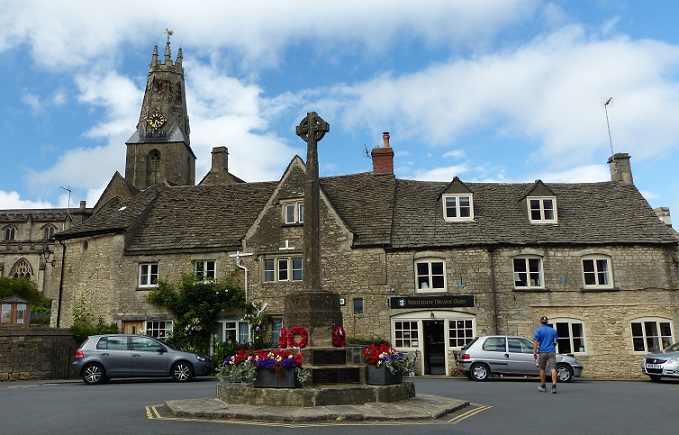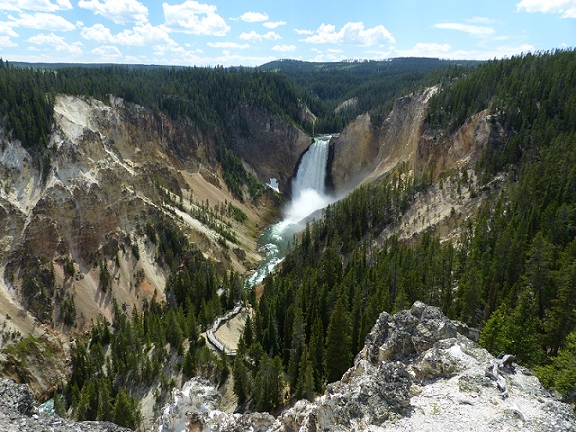
Tregoning
12 April 2024 | We are back aboard Tregoning in Mersin Marina, Mersin, Türkiye
02 April 2024 | We are in Toronto Airport, Canada: Tregoning is in Mersin Marina, Mersin, Türkiye
25 February 2024 | We are back in Gainesville, FL: Tregoning is in Mersin Marina, Mersin, Türkiye
18 February 2024 | We are in Glenwood, New Mexico: Tregoning is in Mersin Marina, Mersin, Türkiye
12 February 2024 | We are in Morro Bay, California: Tregoning is in Mersin Marina, Mersin, Türkiye
19 January 2024 | We are in Vancouver, BC Canada: Tregoning is in Mersin Marina, Mersin, Türkiye
01 January 2024 | We are in Washington State: Tregoning is in Mersin Marina, Mersin, Türkiye
15 December 2023 | We are in Minnesota: Tregoning is in Mersin Marina, Mersin, Türkiye
18 November 2023 | We are in Florida: Tregoning is in Mersin Marina, Mersin, Türkiye
29 October 2023 | We're in Florida - Tregoning is at B-dock, Mersin Marina, Mersin, Türkiye
21 October 2023 | 7 Oda Kapadokya Cave Hotel, Ürgüp, Türkiye
14 October 2023 | Hotel Aşikoğlu, Boğazkale, Türkiye
07 October 2023 | B-dock, Mersin Marina, Mersin, Türkiye
19 September 2023 | “Chez Jon & Angela”, Near Otterton, Devon, UK
14 September 2023 | Airbnb in Fortuneswell on the Isle of Portland, Dorset, UK
11 September 2023 | With Mike, Grange-over-Sands, Cumbria, UK
03 September 2023 | Ardington House, Ardington, Oxfordshire, UK
24 August 2023 | Near "Chez Joan and Peter", College of Roseisle, Moray, Scotland
11 August 2023 | Andrew's house (not exactly), Lichfield, UK
22 July 2023 | Chez Gail, near the New York Café, Budapest, Hungary
The circuit completed
05 December 2015 | Queenstown Lake View Holiday Park, Queenstown, South Island, New Zealand
Photo: Randall learning about the umbrella sculpture “Our People – Time and Place” in Invercargill with the Art Deco Public Trust Building on the right, South Island, New Zealand
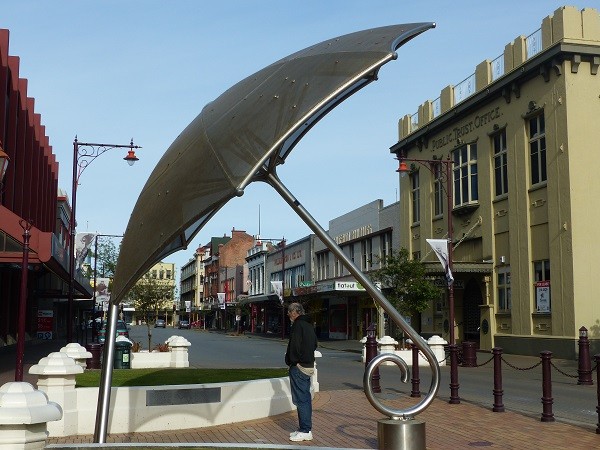
Invercargill (current population 54,300) was founded in 1857 to be the principal town in the south. As bush clearing and farming extended into the Southland Plains in the 1880s, Invercargill increased in importance as a commercial center, resulting in various fine Victorian buildings that still remain. Prosperity from timber and coal at the turn of the 20th century contributed some handsome Edwardian architecture to the city, and the late arrival in this remote city of the Depression of the 1930s allowed the construction of many buildings in the Art Deco style.
Driving through Invercargill on Friday morning (December 4th), we stopped to look at a few examples of the city’s architecture including: the 40 m-tall (131 feet) brick water tower which was completed in 1889 using 300,000 bricks; Bank Corner; the prominent brick gates at the main entrance to Queens Park and the nearby Southland Museum and Art Gallery which is housed in the largest pyramid structure in the southern hemisphere; the palatial 1896 Railway Hotel which is still a hotel; and the Art Deco style of the Law Courts and Public Trust Building.
At the Park we had seen a statue to “The World’s Fastest Indian”, a reference to Burt Munro who set the land speed record for motorcycles of less than 1000 cc in 1967. Munro set this final record at the age of 68 on a 47-year-old, highly-modified Indian Scout motorcycle and the record still stands at 295.453 km/h (183.586 mph). Munro came from Invercargill and his story was made world-famous in the 2005 movie starring Anthony Hopkins but, curiously, none of our guide books mentioned this memorial.
Most of our time in Invercargill, however, was spent looking at a fascinating modern sculpture and in one particular shop. At first glance, the Don Street sculpture simply looked like an oversized, open umbrella made with a see-through mesh instead of fabric for the canopy. Closer inspection revealed that the handle functioned as a sun-dial and that there were dots on the inside of the canopy which showed the constellations of circumpolar stars that would be visible from Invercargill all year round, making it also a static planetarium. The associated plaques, gave both simple explanations about the sculpture and surprisingly complex information about the accuracy of its functions. It was quite impressive.
The shop was a factory-outlet store that sold sheepskin products. There were many lovely items that we had to ignore because Randall was focused on replacing his worn-out slippers. The prices in the store seemed reasonable and he left with a very comfortable pair of sheepskin moccasins which he has the satisfaction of knowing came from the area in which the sheep were farmed.
Continuing west along the Southern Scenic Route, we stopped for a short walk at Howells Point from which we could clearly see the mountains of Stewart Island. This point is in Riverton, the oldest town in the South Island and one of the earliest European settlements in the nation. We somehow resisted the temptation to stop for a photograph of Riverton’s oversized paua shell. The beautiful, shiny, blue-green inner surface of these abalone shells is much favored in New Zealand’s jewelry and artwork. Nor did we brake for the large statue of a surfer riding a wave in Colac Bay
We did pause at McCracken’s Rest where we enjoyed our last coastal view on the South Island as I peered for signs of Hector’s dolphins in the massive sweep of Te Waewae Bay. The west end of this bay is the border of Fiordland National Park, so from the McCracken’s Rest viewpoint, the highway turned north to run along the Waiau River valley, parallel to the National Park’s eastern boundary.
After stopping at a supermarket in Tuatapere to get some lunch treats (including a most satisfying stuffed sausage for Randall), we ate our picnic lunch a little further north at Clifden Suspension Bridge. We wondered if this was a deliberate play on the name of the wrought iron Clifton Suspension Bridge in Bristol, England which was opened in 1864. New Zealand’s longest wooden suspension bridge, the Clifden Bridge was built in 1899. With a span of 111 m (366 feet), this elegant bridge was refurbished in 2013 and is now only open to pedestrian sight-seers.
Not feeling a need to revisit Manapouri or Te Anau, we cut a corner off the Southern Scenic Route and eventually found ourselves on the familiar highway from Manapouri to Queenstown. We stopped in Kingstown at the southern end of Lake Wakatipu to hike along the trail on the west side of the lake. The narrow woodland path proved to be disappointingly devoid of views so Randall returned to the van to read while I slogged up through the woods on the very steep Shirt Tail Track. This eventually provided some excellent viewpoints including the highest one that I reached atop of a massive outcrop of rock, from which I could see a long way up the lake and a long way down the valley to the south. The trail continued above the tree-line into the Eyre Mountains but I turned around and gingerly scrambled and slide back down through an area of tree roots and loose beech leaves before scurrying down the more stable parts of the trail.
That night we stayed in a Holiday Park overlooking the center of Queenstown. Very well organized with huge kitchens and bathrooms, it was the busiest site that we had stayed at on our three-week trip and the campervans and tents were crammed together on a carefully delineated lawn. We walked downtown to enjoy a Chinese meal and revisit the rose gardens which had many more blooms than when we had been there with Andrew and Judith.
Leaving the campground early the next morning, we drove 8 km (5 miles) north to Arthur’s Point where we parked in a public car park and got to work packing our bags and reorganizing the campervan without having to worry about disturbing our neighbors. That done, we were able to appreciate the dramatic views of the Shotover River gorge from the Edith Cavell Bridge (named for a WW I nurse who was executed for assisting the escape of allied soldiers in Europe). Just upstream of the bridge was the starting point for Shotover Jet boat-tours and it was quite fun to watch people reacting as the jet boats slid around the river bends and created walls of spray when making high-speed U-turns.
I followed a trail a little way up the river to look across to the Oxenbridge Tunnel. This was a boondoggle that was built between 1906 and 1909, towards the end of the gold-rush. The 170 m-long (558 feet) tunnel was intended to divert water from the river so that previously inaccessible sediments could be searched for gold. It ended up being useless because there was virtually no gravel or gold left. It earned its builders only NZ$600 compared to the NZ$10,000 it had cost. Water still rushes through the tunnel creating a thrilling ending to white-water rafting trips in the area.
This visit to the swirling Shotover River was an unexpected gem that made the perfect ending to our trip around the South Island. By the time we had dropped-off the van and flown back to Whangarei, we were happy to be back on Tregoning where we found everything to be in a most satisfactory condition. For people with a life-style as nomadic as ours, it may be difficult to believe that we were shocked by how much we had managed to see in three-weeks (and how many photographs there were to be waded through). Of course, driving a campervan is much faster than sailing a boat and we did not stop for more than two nights in any one place, so we were well-pleased that we had seen as much of the South Island as we could.
Driving through Invercargill on Friday morning (December 4th), we stopped to look at a few examples of the city’s architecture including: the 40 m-tall (131 feet) brick water tower which was completed in 1889 using 300,000 bricks; Bank Corner; the prominent brick gates at the main entrance to Queens Park and the nearby Southland Museum and Art Gallery which is housed in the largest pyramid structure in the southern hemisphere; the palatial 1896 Railway Hotel which is still a hotel; and the Art Deco style of the Law Courts and Public Trust Building.
At the Park we had seen a statue to “The World’s Fastest Indian”, a reference to Burt Munro who set the land speed record for motorcycles of less than 1000 cc in 1967. Munro set this final record at the age of 68 on a 47-year-old, highly-modified Indian Scout motorcycle and the record still stands at 295.453 km/h (183.586 mph). Munro came from Invercargill and his story was made world-famous in the 2005 movie starring Anthony Hopkins but, curiously, none of our guide books mentioned this memorial.
Most of our time in Invercargill, however, was spent looking at a fascinating modern sculpture and in one particular shop. At first glance, the Don Street sculpture simply looked like an oversized, open umbrella made with a see-through mesh instead of fabric for the canopy. Closer inspection revealed that the handle functioned as a sun-dial and that there were dots on the inside of the canopy which showed the constellations of circumpolar stars that would be visible from Invercargill all year round, making it also a static planetarium. The associated plaques, gave both simple explanations about the sculpture and surprisingly complex information about the accuracy of its functions. It was quite impressive.
The shop was a factory-outlet store that sold sheepskin products. There were many lovely items that we had to ignore because Randall was focused on replacing his worn-out slippers. The prices in the store seemed reasonable and he left with a very comfortable pair of sheepskin moccasins which he has the satisfaction of knowing came from the area in which the sheep were farmed.
Continuing west along the Southern Scenic Route, we stopped for a short walk at Howells Point from which we could clearly see the mountains of Stewart Island. This point is in Riverton, the oldest town in the South Island and one of the earliest European settlements in the nation. We somehow resisted the temptation to stop for a photograph of Riverton’s oversized paua shell. The beautiful, shiny, blue-green inner surface of these abalone shells is much favored in New Zealand’s jewelry and artwork. Nor did we brake for the large statue of a surfer riding a wave in Colac Bay
We did pause at McCracken’s Rest where we enjoyed our last coastal view on the South Island as I peered for signs of Hector’s dolphins in the massive sweep of Te Waewae Bay. The west end of this bay is the border of Fiordland National Park, so from the McCracken’s Rest viewpoint, the highway turned north to run along the Waiau River valley, parallel to the National Park’s eastern boundary.
After stopping at a supermarket in Tuatapere to get some lunch treats (including a most satisfying stuffed sausage for Randall), we ate our picnic lunch a little further north at Clifden Suspension Bridge. We wondered if this was a deliberate play on the name of the wrought iron Clifton Suspension Bridge in Bristol, England which was opened in 1864. New Zealand’s longest wooden suspension bridge, the Clifden Bridge was built in 1899. With a span of 111 m (366 feet), this elegant bridge was refurbished in 2013 and is now only open to pedestrian sight-seers.
Not feeling a need to revisit Manapouri or Te Anau, we cut a corner off the Southern Scenic Route and eventually found ourselves on the familiar highway from Manapouri to Queenstown. We stopped in Kingstown at the southern end of Lake Wakatipu to hike along the trail on the west side of the lake. The narrow woodland path proved to be disappointingly devoid of views so Randall returned to the van to read while I slogged up through the woods on the very steep Shirt Tail Track. This eventually provided some excellent viewpoints including the highest one that I reached atop of a massive outcrop of rock, from which I could see a long way up the lake and a long way down the valley to the south. The trail continued above the tree-line into the Eyre Mountains but I turned around and gingerly scrambled and slide back down through an area of tree roots and loose beech leaves before scurrying down the more stable parts of the trail.
That night we stayed in a Holiday Park overlooking the center of Queenstown. Very well organized with huge kitchens and bathrooms, it was the busiest site that we had stayed at on our three-week trip and the campervans and tents were crammed together on a carefully delineated lawn. We walked downtown to enjoy a Chinese meal and revisit the rose gardens which had many more blooms than when we had been there with Andrew and Judith.
Leaving the campground early the next morning, we drove 8 km (5 miles) north to Arthur’s Point where we parked in a public car park and got to work packing our bags and reorganizing the campervan without having to worry about disturbing our neighbors. That done, we were able to appreciate the dramatic views of the Shotover River gorge from the Edith Cavell Bridge (named for a WW I nurse who was executed for assisting the escape of allied soldiers in Europe). Just upstream of the bridge was the starting point for Shotover Jet boat-tours and it was quite fun to watch people reacting as the jet boats slid around the river bends and created walls of spray when making high-speed U-turns.
I followed a trail a little way up the river to look across to the Oxenbridge Tunnel. This was a boondoggle that was built between 1906 and 1909, towards the end of the gold-rush. The 170 m-long (558 feet) tunnel was intended to divert water from the river so that previously inaccessible sediments could be searched for gold. It ended up being useless because there was virtually no gravel or gold left. It earned its builders only NZ$600 compared to the NZ$10,000 it had cost. Water still rushes through the tunnel creating a thrilling ending to white-water rafting trips in the area.
This visit to the swirling Shotover River was an unexpected gem that made the perfect ending to our trip around the South Island. By the time we had dropped-off the van and flown back to Whangarei, we were happy to be back on Tregoning where we found everything to be in a most satisfactory condition. For people with a life-style as nomadic as ours, it may be difficult to believe that we were shocked by how much we had managed to see in three-weeks (and how many photographs there were to be waded through). Of course, driving a campervan is much faster than sailing a boat and we did not stop for more than two nights in any one place, so we were well-pleased that we had seen as much of the South Island as we could.
Comments
| Vessel Name: | Tregoning |
| Vessel Make/Model: | Morgan Classic 41 |
| Hailing Port: | Gainesville, FL |
| Crew: | Alison and Randall |
| About: | We cast-off from Fernandina Beach in north Florida on 1st June 2008 and we have been cruising on Tregoning ever since. Before buying Tregoning, both of us had been sailing on smaller boats for many years and had worked around boats and water throughout our careers. |
| Extra: | “Tregoning” (rhymes with “belonging”) and is a Cornish word (meaning “homestead of Cohnan” or “farm by the ash trees”) and was Alison's mother’s middle name. Cornwall is in southwest England and is where Alison grew-up. |
Tregoning's Photos - Main
 |
Extra photographs from our three-week campervan tour of the South Island from November 15th to December 5th 2015
217 Photos
Created 4 January 2016
|
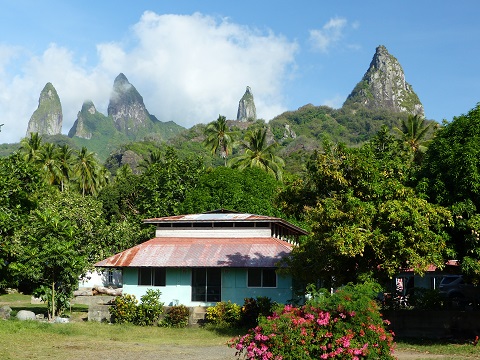 |
Random pictures from our month spent on the islands of Hiva Oa, Tahuata, Ua Pou, and Nuku Hiva
45 Photos
Created 18 July 2015
|
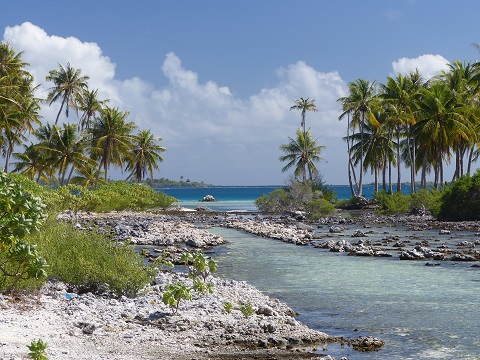 |
Random pictures from our month spent in 4 Tuamotu Atolls; Ahe, Fakarava, Tahanea, and Toau
32 Photos
Created 1 July 2015
|
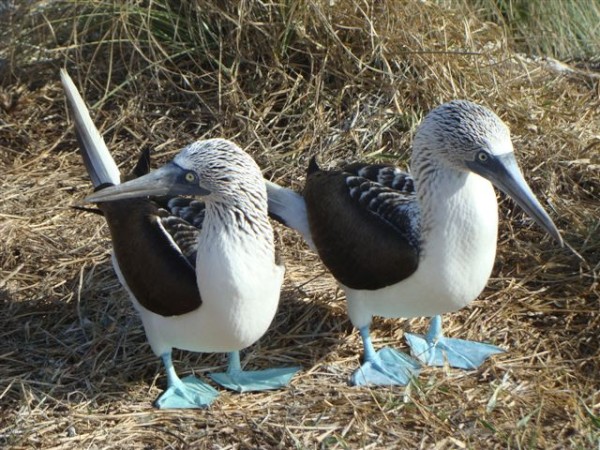 |
Some of the birds, fish, reptiles, and mammals (and others) that we have seen in Mexico
74 Photos
Created 5 May 2014
|
Tregoning

Who: Alison and Randall
Port: Gainesville, FL
